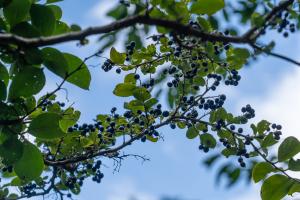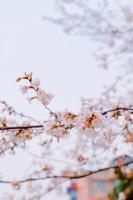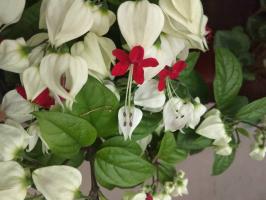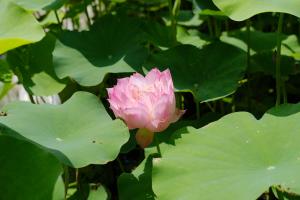Can You Plant Birch Trees in Your Backyard?
Birch trees are known for their striking white bark and graceful shape, making them a popular choice for landscaping. If you're considering adding a birch tree to your backyard, there are a few things to consider before planting.
Choosing a Location
Before planting a birch tree, it's important to choose the right location. Birch trees prefer moist, well-draining soil and need plenty of sunlight to grow. They also prefer a slightly acidic soil with a pH between 5.0 and 6.5. If your soil isn't well-draining or has a high pH, you may need to amend it before planting a birch tree. You'll also want to consider the tree's mature size and make sure you have enough space in your backyard for it to grow. Birch trees can reach heights of 50 feet or more with a spread of up to 35 feet.
Planting Techniques
When planting a birch tree, it's important to dig a hole that's twice as wide as the root ball and just as deep. Place the tree in the hole and backfill with soil, making sure the tree is level and upright. Water the tree thoroughly after planting and add a layer of mulch around the base to retain moisture. Make sure not to bury the root flare, which is the transition zone between the trunk and roots. Burying the root flare can lead to root rot and eventual death of the tree.
Maintenance Tips
Birch trees require regular maintenance to stay healthy and prevent disease. Water the tree deeply once a week, especially during hot, dry weather, and mulch around the base to retain moisture. Prune the tree in late winter or early spring to remove any dead or diseased branches and to shape the tree's canopy. You can also fertilize the tree once a year with a balanced fertilizer to encourage healthy growth. Keep an eye out for signs of disease, such as yellowing leaves or premature leaf drop, and address any issues promptly.
Birch Tree Varieties
There are several varieties of birch trees to choose from, each with its own unique characteristics. The paper birch, also known as the white birch, is perhaps the most well-known variety, with its striking white bark and delicate leaves. The river birch, on the other hand, has a more rugged look, with a brownish-red bark that peels away in strips. The weeping birch, as its name suggests, has a drooping habit that makes it a popular ornamental tree. Other varieties include the gray birch, yellow birch, and black birch.
Conclusion
If you're considering planting a birch tree in your backyard, remember to choose the right location, use proper planting techniques, and provide regular maintenance to keep your tree healthy. With its striking appearance and graceful shape, a birch tree can be a beautiful addition to any backyard landscape.

 how many times do yo...
how many times do yo... how many planted tre...
how many planted tre... how many pine trees ...
how many pine trees ... how many pecan trees...
how many pecan trees... how many plants comp...
how many plants comp... how many plants can ...
how many plants can ... how many plants and ...
how many plants and ... how many pepper plan...
how many pepper plan...































